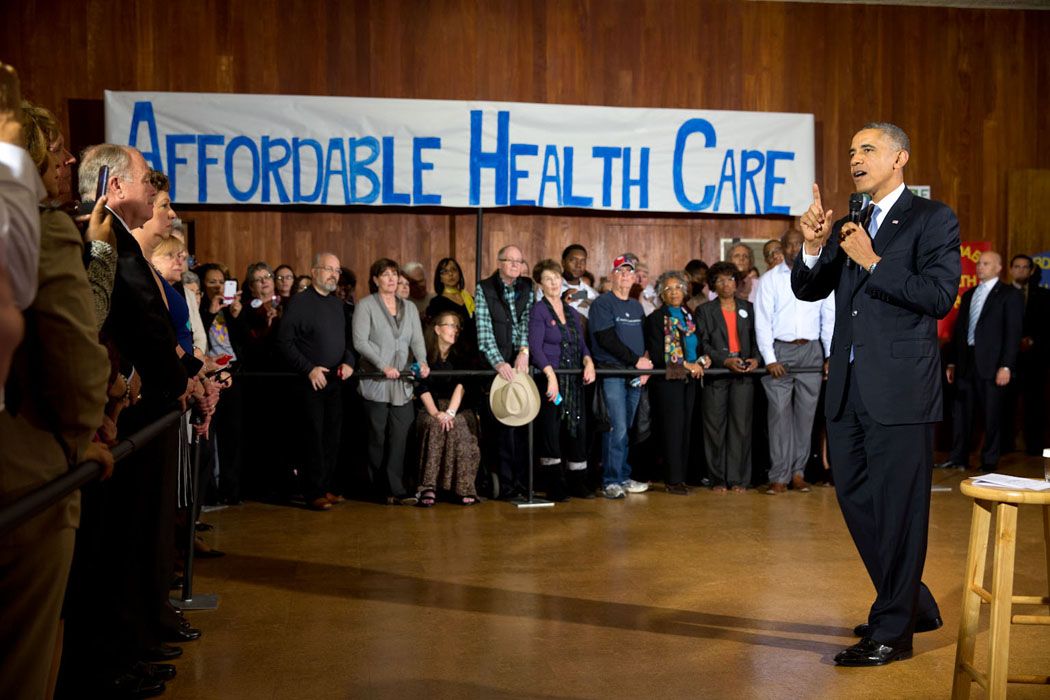Assessing ACA Payment Reform at 10 years
Michael Chernew and his coauthors say it is time to prune the proliferating number of payment reform models

The March issue of Health Affairs is an extended 10th birthday card for the ACA, which was signed into law by President Obama on March 23. Be you a fan or detractor, or something in between, it sets the bar high for the all the coverage that the law’s ten-year anniversary on March 23 is going to generate.
The review of ACA’s value-based payment innovations (aka Alternative Payment Models) by Michael Chernew, Patrick Conway, and Austin Frakt is definitely worth your time.
Here are five takeaways:
ACOs are not a flop. But they are not a rip-roaring success, either.
Chernew et al cite one study that found that ACOs accomplished a total savings of 0.57%, once you take spillover effects on fee-for-service Medicare and Medicare Advantage. They noted that the high dropout rate (187 of the 624 ACOs that participated in the main ACO program, the Medicare Shared Savings Program [MSSP]) have dropped out, and the number of exits exceeded the number of newcomers last year for the first time. On the quality of side of the ledger, Chernew et al say that during the first four years of MSSP, the ACOs improved in most measured and outpaced fee-for-service providers. The Trump Administration is pushing downside risk in the Pathways to Success program as the tougher medicine needed to realize bigger savings. Chernew and his co-authors would tap the brakes: “Downside risk could discourage the participation of organizations that intend to make an effort to save but are not confident that they will succeed and are not ready to take on financial risk.”
Pay-for-performance is underwhelming-and underevaluated.
P4P is the mildest of the departures from fee-for-service. But Chernew and his colleagues hesitate to give it a final grade on cost savings because, they say, many models haven’t been evaluated. Still, they say that, by and large, the evaluations that have been done haven’t found savings. Those hoping for a return of the old-fashioned house call may need to They noted that the Independence at Home Demonstration, which pays physicians and nurses to provide home care, failed to produce significant savings
Enough already! t’s time to start curating episode-based payment programs.
Some have worked well (the Comprehensive End-Stage Renal Disease Model, the Comprehensive Care for Joint Replacement) and yielded some savings. Others, according to Chernew and his co-authors, have not (the bundled payment for congestive heart failure, pneumonia, chronic obstructive pulmonary disease, sepsis, and acute myocardial infarction in the Bundled Payments for Care Improvement program). The CMS’ Center for Medicare and Medicaid Innovation, which is in charge of most of these value-based payment initiatives, may want to reduce the number of conditions included in episode-based payments, say the trio. Chronic conditions may be a “particular challenge” for episode-based payment, they say, because the conditions are diagnosed at different times during the course of the disease, so the related expenses may be hard to identify.
Hey, private payers, are you on board yet?
It sometimes gets lost in all the discussion of value-based payment that most of the action has been in Medicare, and there just isn’t the same amount of information about the penetration into the commercial market. Chernew, Conway, and Frakt sound a cautiously optimistic note. They mention some CMMI programs, such as Comprehensive Primary Care Plus model, that are designed to include private payers. They also say that the “commercial market may [emphasis added] follow Medicare if providers and payers become more accepting of payment reform and want to harmonize incentives across payers.” And they point to a report that 35.8% of all private, fee-for-service Medicare, Medicare Advantage, and Medicaid payments went through Alternative Payment models in 2019 compared with 23% in 2016.
“Program fatigue” may be setting in. And get out the pruning shears.
The proliferation of programs isn’t limited to episode-payment payment. Chernew et al warn about “program fatigue” and growing administrative costs. Payment reform should embrace a “less is more” philosophy, they say. “We need improved APMs [Alternative Payment Models] not more APMs. They also say that success has been modest so far, and that it is time to “prune the programs that add clutter” with delivering savings or ramping up quality.
This week on Tuning Into The C-Suite Briana Contreras spoke with Dr. Scott Hayworth, president and CEO of New York-based CareMount Medical. In this interview, the two discussed the importance of patients staying in contact with their doctors for the sake of reducing public health risks and to discuss ongoing care options with them.
Listen
Eric Levin talks PBMs and how Scripta is Tackling the Market's Challenges for Patients
July 22nd 2020MHE's Briana Contreras spoke with CEO of Scripta, Eric Levin. The two discussed the current state of the pharmacy benefit market and how the Scripta organization has been assisting its clients and their prescriptions prior to the COVID-19 pandemic and during.
Listen